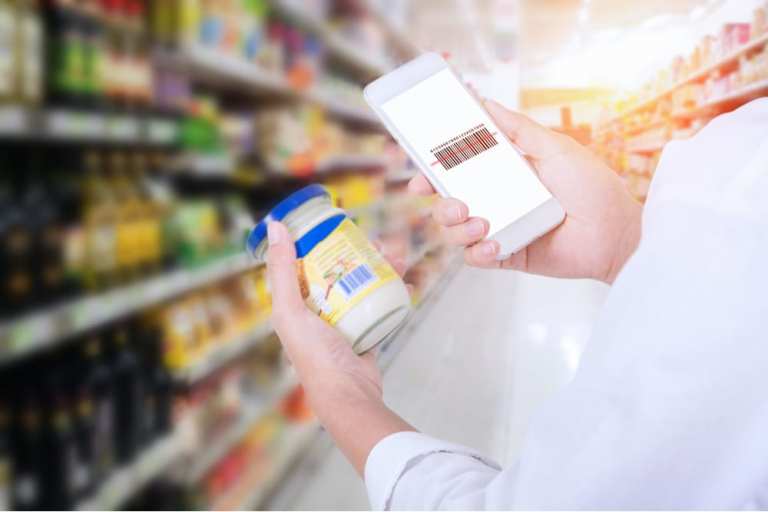Scandit: The Future Of Retail Will Include Mobile Scanning

Physical brick-and-mortar retail was suffering long before the pandemic.
As the great shift to digital continues, the last three months have shown that consumers are not only used to conducting commerce in bits and bytes — they like it.
Consider the findings of a PYMNTS consumer survey, where 42 percent of consumers are engaging in even the most routine activities online, and as much as $158 billion in brick-and-mortar sales are moving to digital channels.
Merchants of all sizes have been scrambling to figure out how to scale their consumer-facing experiences to be flexible, meeting the challenges of a brave new world where social distancing is the norm and contactless transactions and interactions are gaining ground, even (and especially) in physical store environments.
To that end, according to Samuel Mueller, CEO of Scandit, which develops augmented reality and mobile computer vision technologies, contactless solutions remain top of mind for what “we’re seeing accelerating trends as a result of the current environment across the board.”
Highlights include grocery, retail and contactless, he said. In addition, retailers are searching for more flexible fulfillment options spanning online pickup in store, pickup curbside, and a number of variants of that continuum of reaching end customers. Many of Scandit’s customers have seen doubling or tripling of growth rates from those before the pandemic.
Drilling down a bit, Mueller said, verticals such as grocery are being transformed. In-store shopping now involves the ability for consumers to pay as they go without standing in line at a traditional point of checkout. Generally speaking, he said, people are reluctant to get in line at the checkout, perhaps standing too close for comfort to other consumers.
“Also,” he said, “people are uncomfortable using the self-service checkouts or kiosks where they have to touch screens that have been touched by hundreds of people ahead of them — even if they’ve been wiped down regularly, but… who knows how regularly?”
The transformation also involves the deployment of mobile scanning technology (specifically apps) that helps individuals find the goods they are looking for.
Scandit, for its part, has raised additional funding amid the rise of contactless payments. The company said late last month that it closed an $80 million Series C funding round from several investors.
That seamless marrying of technology and information is key in a retail setting, Mueller said, where a “certain level of curation and a certain level of information gathering” is important before consumers make their final selections.
Complexities emerge across other verticals, said Mueller, as retailers grapple with how to stage transactions online. Here, consumers are selecting what they want to buy from the comfort of the couch or from their home offices via laptops.
When they do get to the brick-and-mortar location, he said, they want to pick up the physical product from the shelf and get it home. The key nowadays, he said, is to reduce the number of physical interactions in the store.
Beyond The Consumer: BYOD
Mueller explained that Scandit has seen a surge in demand across firms to have associates use devices as they navigate store floors to help customers; manage inventory; monitor the state of shelves; and help with order online, pick up in store activities.
He said companies, especially retailers, have equipped associates with company-owned smartphones and personally enabled devices in what he termed “employee empowerment strategies.”
In addition, he said, these same retailers are building out large, part-time workforces to meet the dramatically increased manpower needs that come with fulfilment in store.
Such initiatives, he said, will help speed the transformation around how stores and networks are being used to address consumers’ desires for instant gratification. Retailers, he said, can leverage the key assets of distribution as they strive to meet those expectations.
That has translated into increased demand for firms to use QR codes and barcodes, he said, or tokens that transfer sales to existing point-of-sale (POS) systems. Proof of delivery will also continue to become a key part of eCommerce, he said, done through contactless means, where consumers pull out their own phones and scan codes on parcels.
Looking ahead, as we leave a terrible first quarter in the rearview mirror and close upon what is likely to be a rough second quarter (with, perhaps, a few economic green shoots), Mueller said that some retailers will look to try new methods and technologies as they seek to speed delivery, and others will be forced to make those same changes.
“For retailers today, it’s even more important to have flexible tools and offerings that allow people to make choices,” he said. “Those choices need to be aligned not just with their personal preferences, but specifically their safety preferences at this point.”